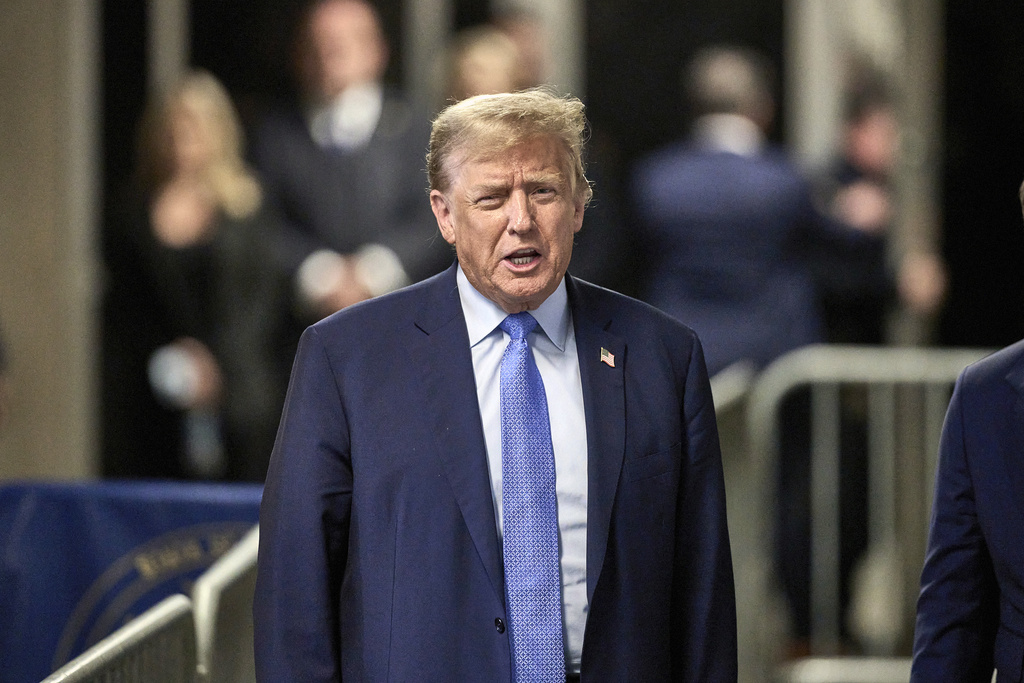In February, inflation ticked up to 2.5% based on the Fed’s preferred measure
In February, inflation rose to a 2.5% annual rate, slightly below expectations, causing concerns for President Joe Biden and the Federal Reserve. The Core PCE inflation rate remained at 2.8%. This increase follows rises in the Consumer Price Index (CPI) to 3.2% and the Producer Price Index (PPI), reflecting ongoing inflationary pressures. You have a concise summary of the inflation data for February, highlighting the key figures and implications for President Joe Biden and the Federal Reserve.
Inflation ticked up to a 2.5% annual rate in February, as measured by the gauge favored by the Federal Reserve, rising one-tenth of a percentage point from the previous reading.
The uptick in the personal consumption expenditures price index reported Friday morning by the Bureau of Economic Analysis is unwelcome news for President Joe Biden and the Federal Reserve, which has been seeking more evidence that its campaign to lower inflation by raising interest rates is working. The Fed’s target is 2% inflation in the PCE index.
From January to February, inflation rose 0.3%, which is slightly less than expected.
Core PCE inflation, a measure of inflation that strips out volatile energy and food prices, remained at a 2.8% year-over-year rate.
This latest report follows two other inflation reports for February, both of which showed inflation rising: the closely watched consumer price index and the producer price index, which measures the prices paid by producers.
Inflation tracked by the CPI rose to 3.2% for the year ending in February, the Bureau of Labor Statistics reported. The CPI has had trouble breaking below 3%. Notably, CPI inflation has wobbled between 3% and 3.7% since June 2023 but has not once fallen into the 2%-3% range.
The PPI, on the other hand, jumped way higher last month than economists had expected.
The biggest question for many economists heading into 2024 was when the Fed would begin cutting rates, something that investors have been hoping will happen soon since rate cuts often boost markets.
At the end of last year, Wall Street was optimistic that the pivot to slashing interest rates would happen as soon as the Federal Open Market Committee’s meeting this month and that 2024 would be marked by some six downward rate revisions.
Now the notion of six cuts appears very unlikely, with the median Fed official expecting three and other officials expecting just two.
Despite the higher interest rates, the economy has generally held up pretty well.
Gross domestic product growth in the fourth quarter was revised up by 0.2 percentage points to a 3.4% seasonally adjusted annual rate, showing the economy ended 2023 in a stronger position than previously realized.
CLICK HERE TO READ MORE FROM THE WASHINGTON EXAMINER
The labor market has also continued to outperform forecasts, notching positive jobs growth for years now.
In another positive sign for the economy, consumer sentiment rose in March to the highest level in more than two years and expectations for inflation fell.
" Conservative News Daily does not always share or support the views and opinions expressed here; they are just those of the writer."





